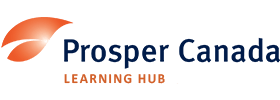Discover financial empowerment resources
Discover financial empowerment resources
This 90-minute webinar will provide frontline practitioners with foundational knowledge and skills to support Canadians living on a low income in accessing benefits. Participants will learn the importance of access to benefits for individuals and families, review key skills and opportunities for...
Canadians with low incomes lack access to the financial help they need to rebuild their financial health and resilience. Watch the webinar from September 17, 2025 as we present findings from our recent report: Closing the Divide: Solutions for Canada’s Financial Help Gap. Prosper Canada’s...
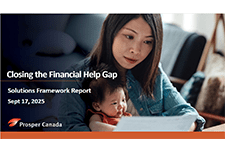
With February 2025 the thirteenth Index Release, the Institute’s Financial Resilience Index Model complements the national Financial Well-Being Studies instrument and the Financial Well-Being Index Model instruments. Access this resource to read the...
This 90-minute webinar provided frontline practitioners with foundational knowledge and skills to support Canadians who are living on a low income to access benefits. Participants learned the importance of access to benefits for individuals and families, reviewed key skills and opportunities for...

York Region Plan to Support Seniors hosted an information series with John in late 2024. In these recorded sessions, John looks at what people need to know about retiring on a low-income, how to make the most of government benefits and other considerations. Session 1: What “low-income” means...
Canada is facing housing affordability challenges. In 2021, one in five households (20.9%) lived in unaffordable housing, defined as spending 30% or more of household total income on shelter costs (Statistics Canada, 2022c). Some estimates have projected a need for an additional 3.5 million housing...
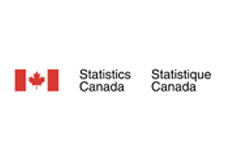
The Monthly Financial Well-being Monitor is a survey designed to collect information about Canadians' day-to-day financial management and financial well-being. It collects data from approximately 1,000 respondents per month and is a continuation of the COVID-19 Financial Well-being Survey, which...
Interpreting the data: Key takeaways from Welfare in Canada, 2023. For nearly 40 years, the annual Welfare in Canada series and its predecessors have documented the depth of poverty that persists for people receiving social assistance. The 2023 edition builds on this work to provide a...
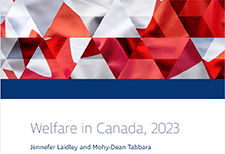
Struggling to pay your mortgage? FCAC expects federally regulated financial institutions to help you if you're struggling to pay your mortgage due to exceptional circumstances. Learn more about paying your mortgage when experiencing financial...
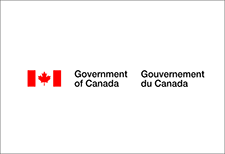
The Welfare in Canada reports look at the total incomes available to those relying on social assistance (often called “welfare”), taking into account tax credits and other benefits along with social assistance itself. The reports look at four different household types for each province and...

Individuals with lower incomes may face a range of economic challenges and barriers to upward mobility. Two types of services that may both contribute to the goal of improving individuals’ financial situations are employment and training (E&T) services, which have the goal of improving...

The overall purpose of the collaborative project between Seneca College and Prosper Canada was to build a supportive booking system for tax clinics serving low-income...
The Expanding Economic Opportunity Through Volunteer Income Tax Assistance (EEOVITA) cohort has been working to identify and engage targeted, underserved populations most at risk for missing out on the expanded Child Tax Credit (CTC) benefit. This project, which began in January 2022 and concludes...
This is a custom report produced by Statistics Canada in collaboration with the Assembly of First Nations. It includes key social and economic statistics regarding Status First Nations people living on and off reserve and includes comparisons with the non-Indigenous...

In Canada, governments provide seniors with a spectrum of income supports and programs intended to maintain a baseline standard of living in retirement. For many years, the social safety net has been praised for producing lower poverty rates for seniors, as measured by the Market Basket Measure...

Two articles released in Economic and Social Reports provide insights on the poverty rates and changing demographics of racialized population groups in Canada. The article "Poverty among racialized groups across generations," shows that most racialized groups had higher poverty rates...

The Welfare in Canada reports look at the total incomes available to those relying on social assistance (often called “welfare”), taking into account tax credits and other benefits along with social assistance itself. The reports look at four different household types for each province and...
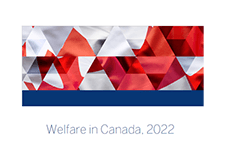
Charitable food programs have been the primary response to household food insecurity in Canada since the 1980s. Yet, for as long as there has been systematic monitoring, there has been no meaningful decline in the prevalence of household food insecurity. Based on the most recent data from...

When the housing sector is efficient and well-functioning, the marketplace should be able to meet most people’s housing needs. Fortunately, Canada has one of the best housing systems in the world. As a result, almost 80% of Canadian households have their housing needs met through the marketplace,...
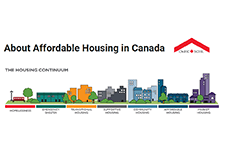
This Financial Resilience Institute report, authored by Eloise Duncan and commissioned by FP Canada and the Institut québécois de planification financière (IQPF) is being published for everyone with a stake in the financial resilience and well-being of Canadians. This study, leveraging the...

Recent increases in the cost of living and declining real estate values had unprecedented impacts on net saving and wealth for more financially vulnerable households in the first quarter, such as those with lower incomes, less wealth, and in younger age groups. Statistics Canada has gathered data...

Building the Case provides evidence for the federal government to urgently step up to support single, working-age adults in Canada. This group experiences Canada’s highest and deepest rates of poverty and some of the country’s highest rates of food insecurity. By analyzing publicly...
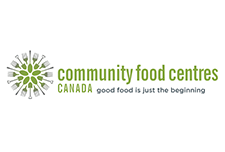
About this resource This backgrounder provides an overview of some of the latest research on poverty and food insecurity in Canada. Current context Nearly five million people in Canada (14% the population) are living below the poverty line. Food insecurity, largely a result of poverty, affects...

There are many effective, award-winning financial literacy programs in Canada. However, many of these programs do not meet the needs of women living on low incomes. Families Canada’s national research study identified 14 social, economic, and institutional barriers that prevent women living on...
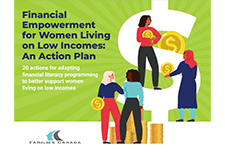
When Canadians have a financial problem, want to make a financial plan, or need help with their taxes, most simply reach out to their financial institution, adviser, accountant, or commercial tax preparer for the help they need. But who do low-income individuals turn to? A new report by Prosper...

